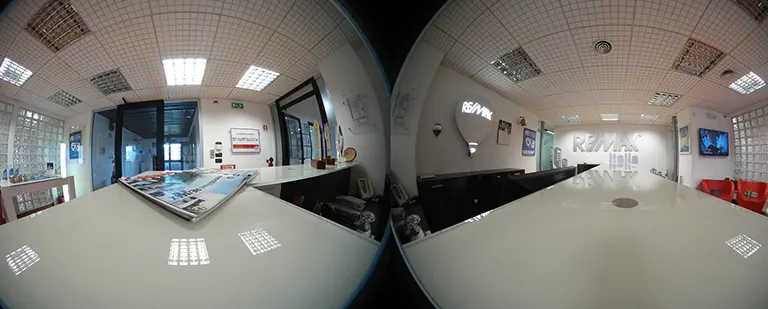One of the biggest technology trends and buzzwords in 2016 was virtual reality, and the format looks set to continue grabbing the headlines in 2017. As big tech companies such as Facebook, Microsoft, and Sony release their versions of VR headsets, the hype has so far been mainly focused on gaming. But virtual reality, like any other innovative tech idea, is set to transform the way we do things in a whole range of other sectors as well.
One of the most important changes will be in education, so in this post we’ll take a look at how virtual reality will change how we learn.
- Certificate III in Air-conditioning and Refrigeration – UEE32220
- Certificate III in Automotive Electrical Technology – AUR30320
- Certificate III in Cabinet Making and Timber Technology – MSF30322
- Certificate III in Carpentry – CPC30220
- Certificate III in Commercial Cookery – SIT30821
- Certificate III in Concreting – CPC30320
- Certificate III in Construction Waterproofing – CPC31420
- Certificate III in Engineering – Fabrication Trade – MEM31922
- Certificate III in Engineering – Mechanical Trade – MEM30219
- Certificate III in Heavy Commercial Vehicle Mechanical Technology – AUR31120
- Certificate III in Landscape Construction – AHC30916
- Certificate III in Light Vehicle Mechanical Technology – AUR30620
- Certificate III in Mobile Plant Technology – AUR31220
- Certificate III in Painting and Decorating – CPC30620
- Certificate III in Roof Plumbing – CPC32620
- Certificate III in Wall and Floor Tiling – CPC31320















